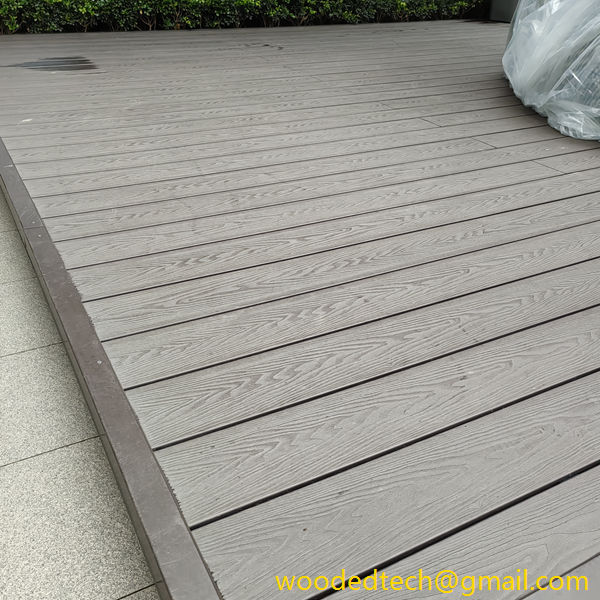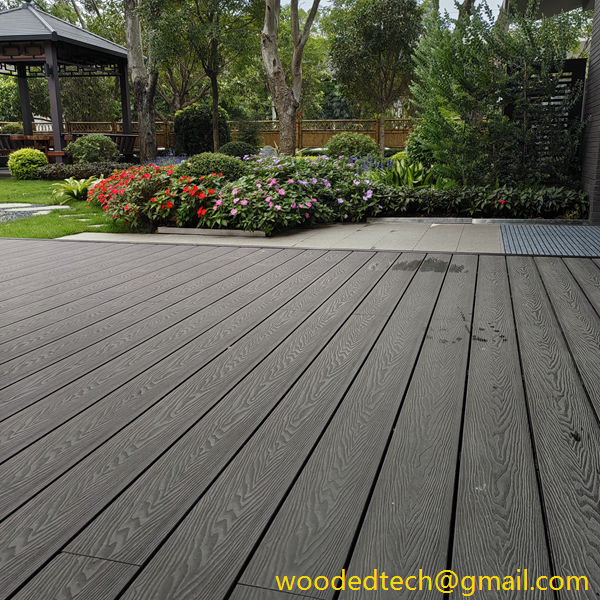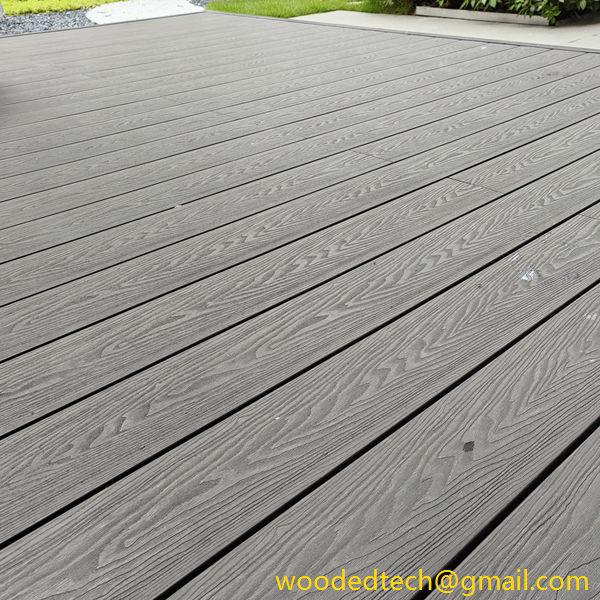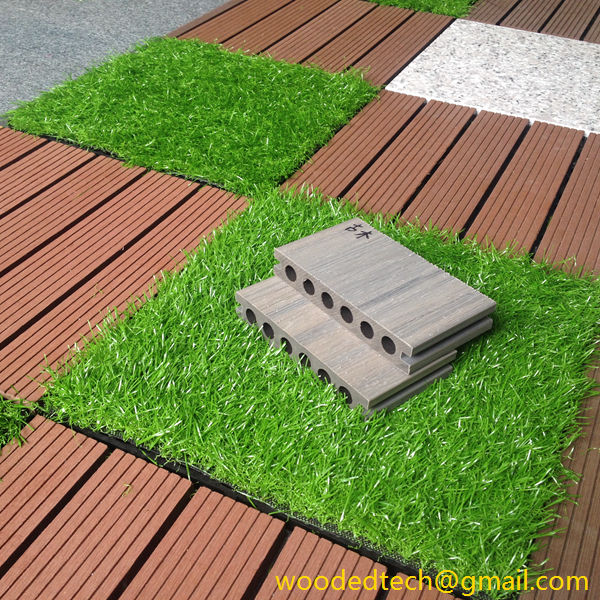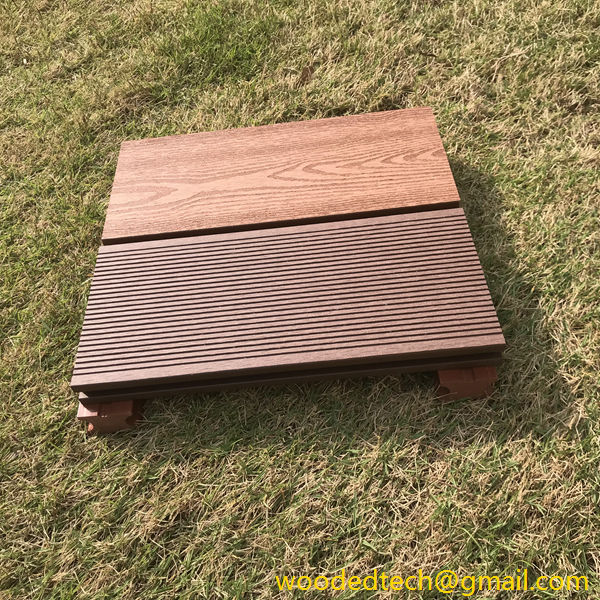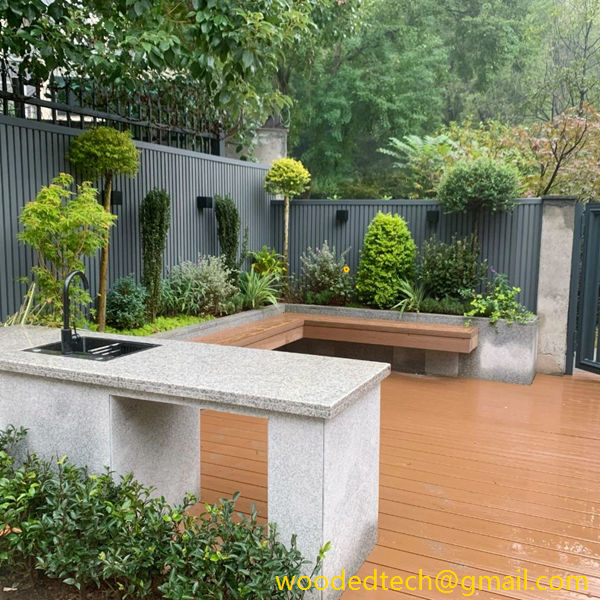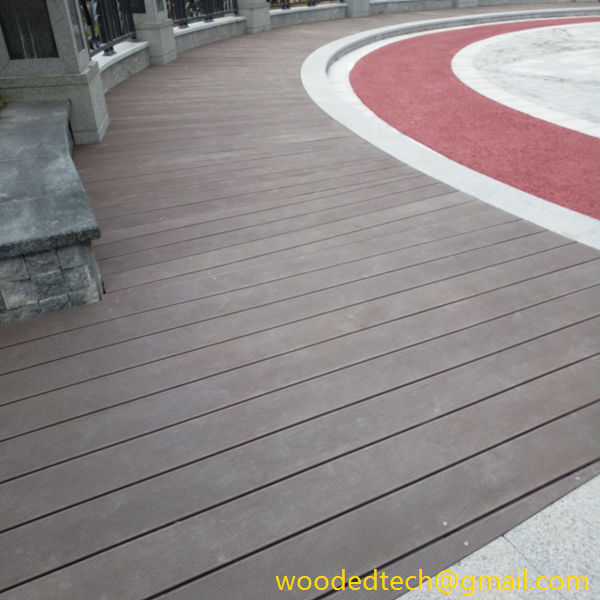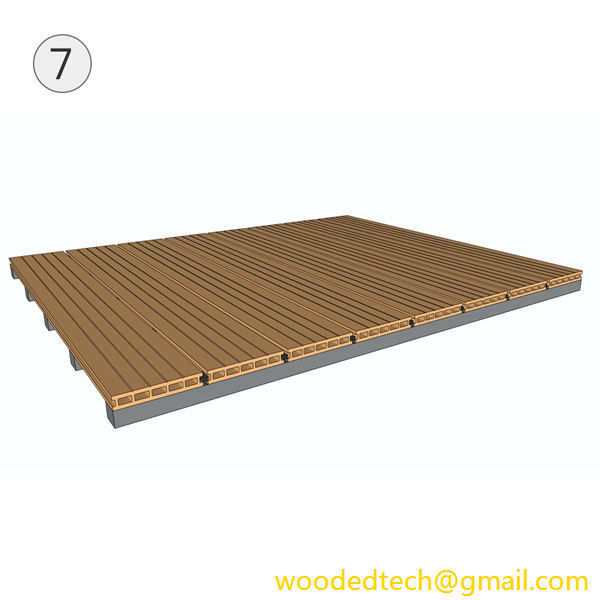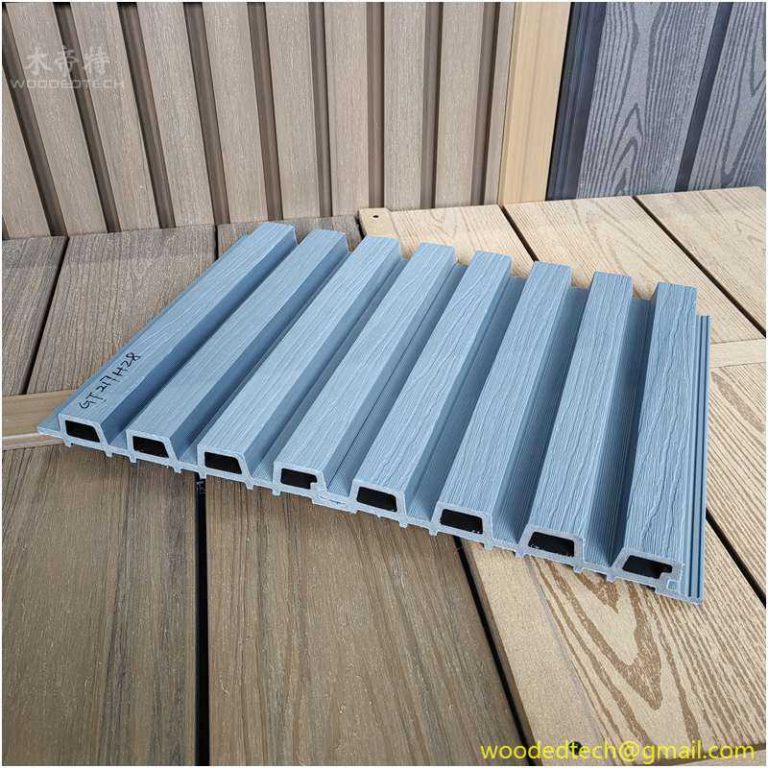Understanding Plastic Wood Flooring Cost to Plan Your Budget-Friendly Home Renovation Projects
Understanding Plastic Wood Flooring Cost to Plan Your Budget-Friendly Home Renovation Projects Home renovation projects can be both exciting and overwhelming, especially when it comes to choosing the right materials for your flooring. One of the most popular choices among homeowners today is plastic wood flooring, also known as vinyl or composite wood flooring. This…
Understanding Plastic Wood Flooring Cost to Plan Your Budget-Friendly Home Renovation Projects
Home renovation projects can be both exciting and overwhelming, especially when it comes to choosing the right materials for your flooring. One of the most popular choices among homeowners today is plastic wood flooring, also known as vinyl or composite wood flooring. This innovative product mimics the appearance of traditional hardwood while offering several advantages, including durability, low maintenance, and affordability. As the market for plastic wood flooring continues to grow, understanding its costs can help you plan a budget-friendly renovation that meets your style and functional needs.
Plastic wood flooring has gained popularity due to its versatility and range of designs. From classic oak to modern gray tones, you can find a variety of options that fit your aesthetic preferences. The beauty of plastic wood flooring lies in its ability to replicate the look of natural wood without the associated price tag. This feature makes it an ideal choice for homeowners looking to achieve a high-end look on a budget.
When considering plastic wood flooring, it is essential to understand the factors that influence the overall cost. The price of plastic wood flooring can vary significantly depending on several elements, including the quality of the material, the brand, and the complexity of the installation process. Generally, you can expect to pay anywhere from two to five dollars per square foot for the material itself. Higher-end products with better durability and more realistic finishes may cost more, but they often provide better value in the long run.
One of the key factors that affect the cost of plastic wood flooring is the thickness of the planks. Thicker planks typically have a more substantial feel underfoot and are more resistant to dents and scratches. As a result, investing in thicker planks can save you money on repairs and replacements in the future. Most plastic wood flooring options range from 4mm to 8mm in thickness, with prices increasing as the thickness rises.
Another important consideration when budgeting for plastic wood flooring is the installation cost. While some homeowners choose to tackle the installation themselves, hiring a professional can ensure a flawless finish. The average labor cost for installing plastic wood flooring can range from one to three dollars per square foot, depending on the complexity of the project and your location. If your renovation involves removing old flooring or making significant changes to the subfloor, these additional labor costs can add up quickly.
In addition to the material and installation costs, it is crucial to factor in the cost of underlayment. Underlayment serves as a cushion between the flooring and the subfloor, providing sound insulation and moisture protection. Depending on the type of underlayment you choose, prices can vary significantly. Budget-friendly options start at around 0.50 dollars per square foot, while higher-quality options can cost up to one dollar per square foot.
To make your renovation project as cost-effective as possible, consider shopping around for sales and discounts on plastic wood flooring. Many retailers offer seasonal sales, and you may also find promotions online. Additionally, buying in bulk can lead to significant savings, especially if you are planning to renovate multiple rooms in your home.
Another way to keep costs down is to explore different styles and finishes of plastic wood flooring. While traditional wood looks are popular, there are other options available that may be more affordable. For example, opting for a distressed finish or a reclaimed wood look can provide a unique aesthetic without the premium price tag associated with authentic hardwood.
Once you have chosen your flooring, it is essential to account for any additional materials or supplies you may need for the installation. This can include adhesives, transition strips, trim, and other accessories that contribute to a polished final look. These costs can add up, so it’s important to create a comprehensive budget that includes all aspects of the project.
If you’re looking for a budget-friendly renovation project that can significantly enhance the value and appeal of your home, consider plastic wood flooring. With its combination of affordability, versatility, and durability, plastic wood flooring is an excellent choice for any homeowner. By understanding the various costs associated with this type of flooring, you can make informed decisions that align with your budget while still achieving the beautiful look you desire.
In conclusion, the booming market for plastic wood flooring presents homeowners with a wealth of options for their renovation projects. By carefully considering the costs associated with materials, installation, and additional supplies, you can effectively plan a budget-friendly renovation that transforms your living space. With the right planning and research, you can enjoy the aesthetic appeal of wood flooring without breaking the bank. Whether you’re renovating a single room or undertaking a whole-home makeover, plastic wood flooring is a smart choice that offers both style and functionality.

